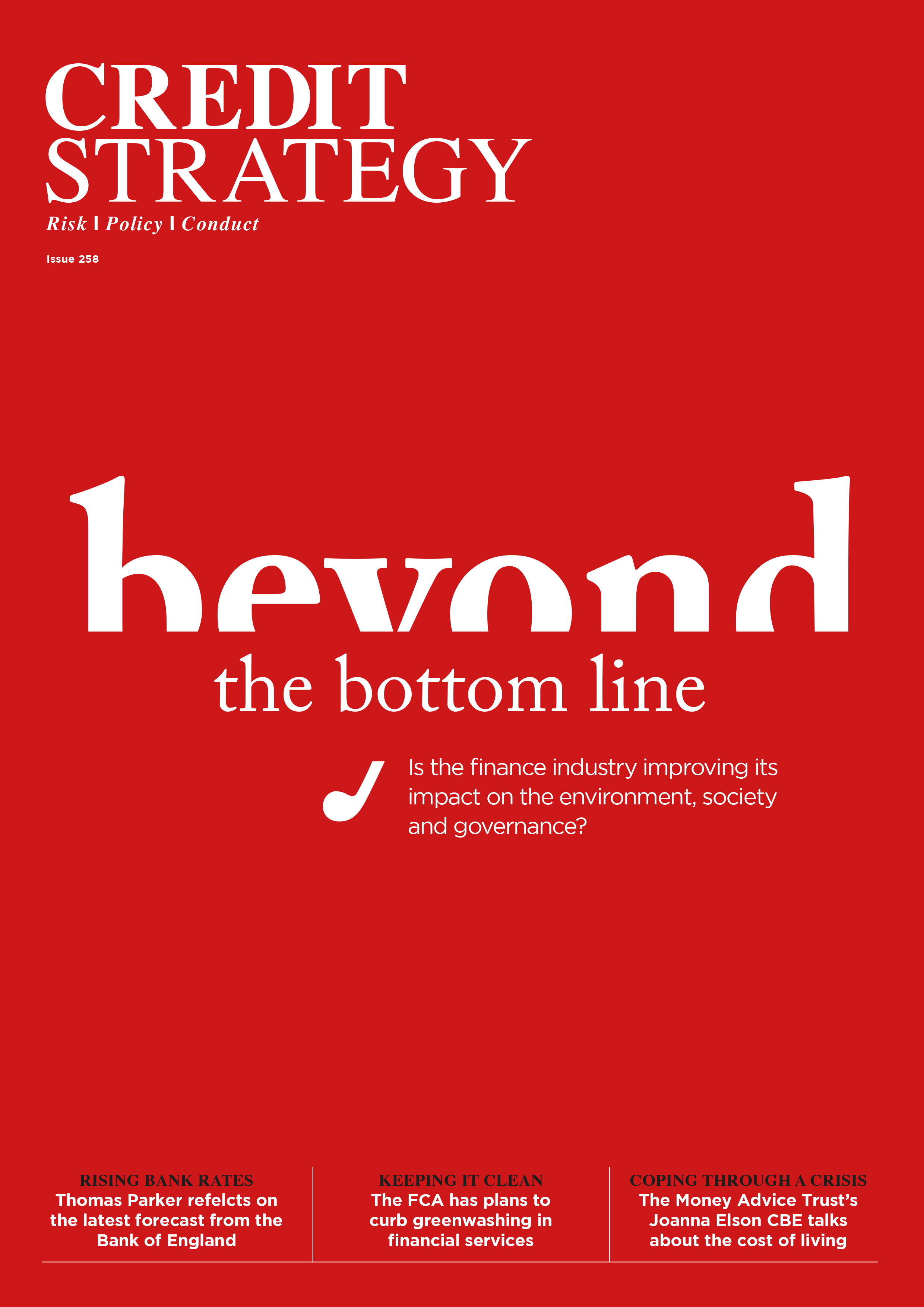Dear visitor,
You're reading 1 of your 3 free news articles this quarter
Register with us for free to get unlimited news, dedicated newsletters, and access to 5 exclusive Premium articles designed to help you stay in the know.
Join the UK's leading credit and lending community in less than 60 seconds.
Public sector borrowing at its highest on record
Public sector borrowing hit £27.4bn in December last year, the highest figure for the month since records began in 1993, according to the Office of National Statistics.

Senior Journalist, covering the Credit Strategy and Turnaround, Restructuring & Insolvency News brands.
Driven primarily by the sharp rise in spending on energy support schemes and an increase in debt interest, this figure is £9.8bn more than the £17.6bn forecast by the Office of Budget Responsibility (OBR). Borrowing was also £16.7bn higher than that recorded in December 2021.
Central government debt interest payable, meanwhile, totaled £17.3bn in the final month of last year – with this also being the highest December figure since monthly records began – largely driven by the effect of the retail prices index (RPI) changes on index-linked gilts.
Additionally, in the financial year up to December 2022, the public sector borrowed £128.1bn - £5.1bn more than that borrowed during the same period last year. However, this is £2.7bn less than that forecast by the OBR.
As for public sector debt, this hit £2.5tn at the end of December 2022 – which is around 99.5% of gross domestic product (GDP), with the debt to GDP ratio at levels last seen in the early 1960s.
Responding to this, Hargreaves Lansdown senior investment markets analyst Susannah Streeter said: “Limiting the effect of the painful rises in gas and electricity prices has been a gut punch for the UK public finances.
“The government was forced to borrow £27.4bn in December, the highest figure for the month since records began in 1993. Excruciatingly high debt interest is also taking its toll because index-linked gilts are pegged to scorchingly high RPI inflation.
“It’s the third month in a row that borrowing has exceeded expectations, and faced with this deteriorating deficit, it will leave the government with no wriggle room for any quick tax giveaways in the March Budget and it’s likely that a very tight grip will be kept on spending.
“Despite the fiscal squeeze, the pound gained a little more ground against the dollar, trading around $1.24, amid expectations that the Bank of England will still press on with steeper interest rate rises in the months ahead, compared to the US Federal Reserve.’’
Stay up-to-date with the latest articles from the Credit Strategy team
Get the latest industry news






